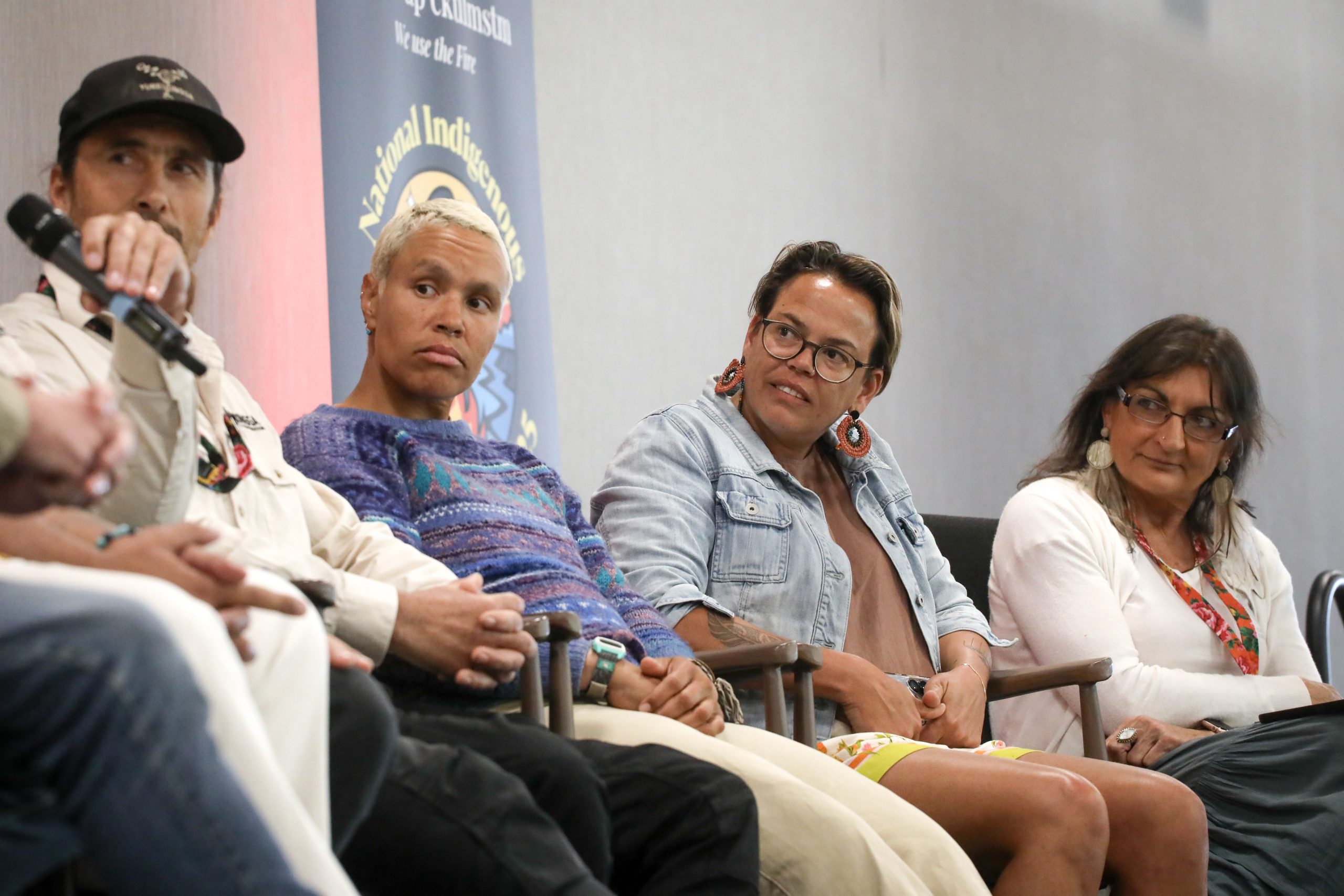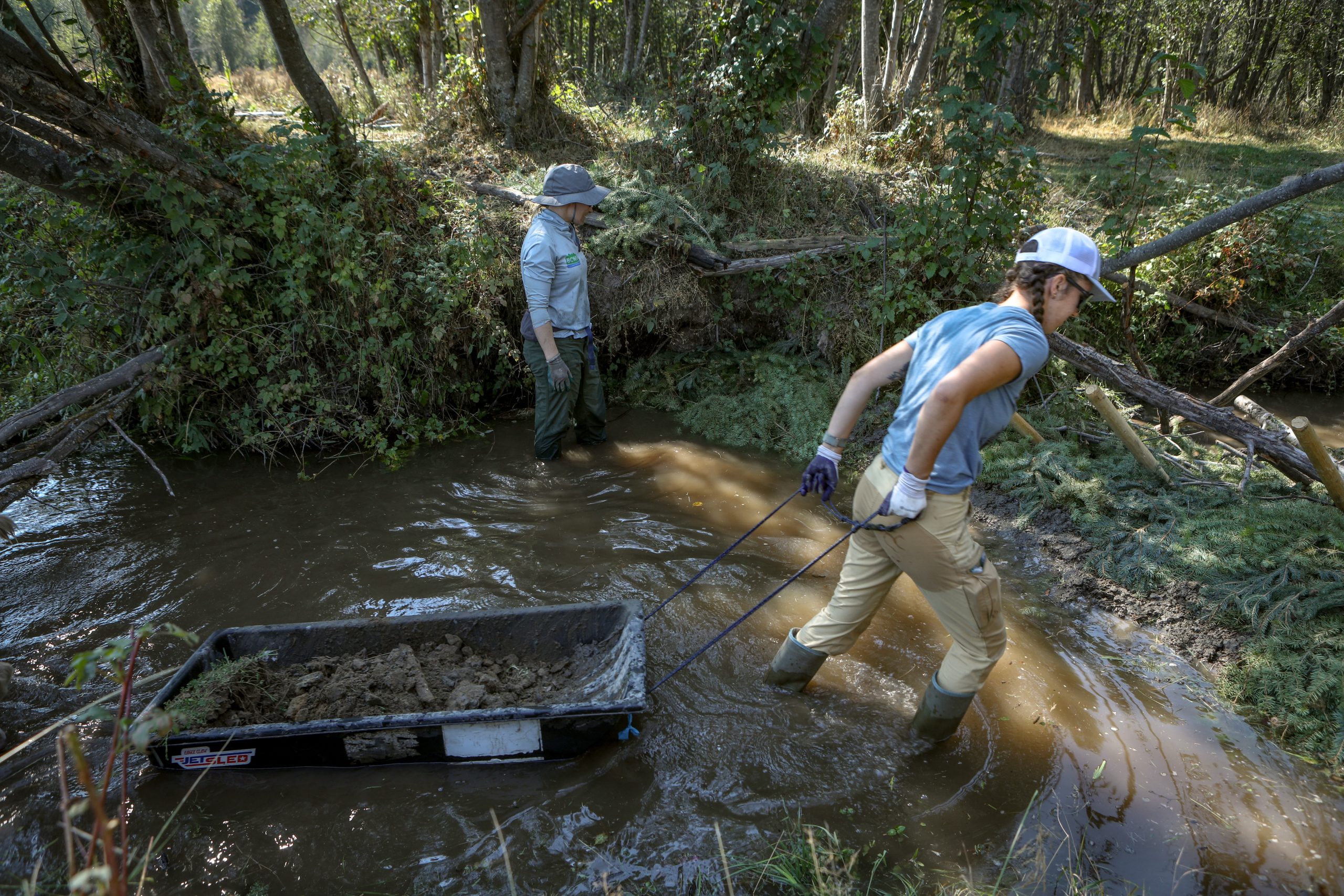New album, recorded entirely in Nuxalk, showcases fluid and living spirit of language
Released by Nuxalk Radio in Bella Coola, the creators of ‘Nusximta’ harnessed their creativity and embraced ‘laughter and mistakes’ along the way

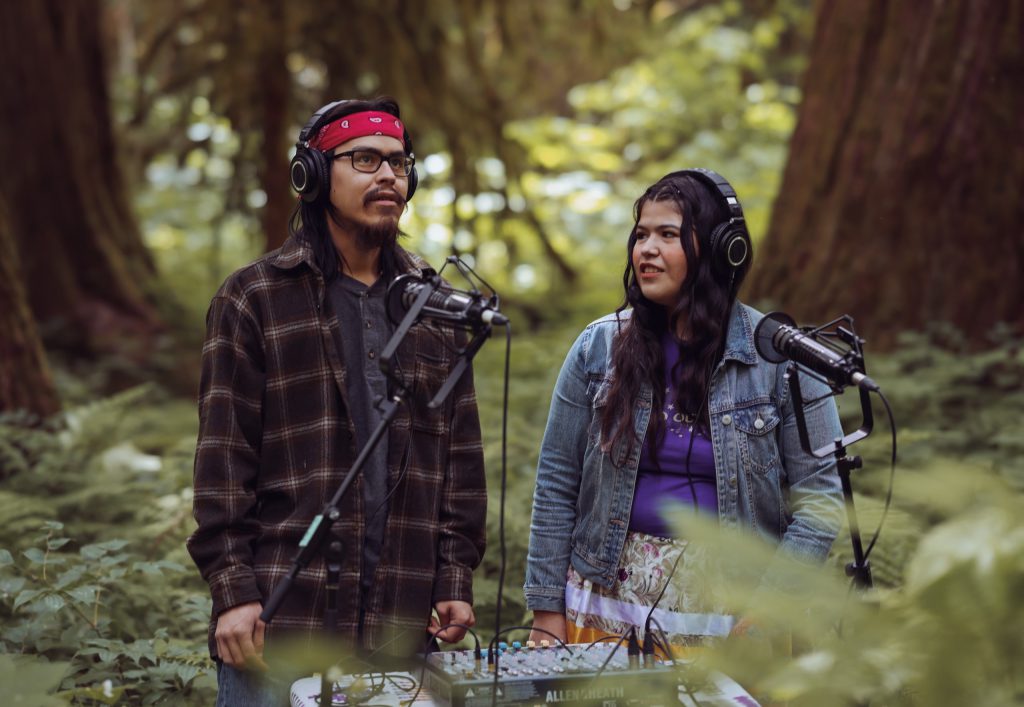
A new 12-song album recorded entirely in Nuxalk breathes life into the community’s revitalization efforts — showcasing how language can be utilized in creative ways even when fluency is dwindling.
Nuxalk Radio, a radio program based in Q’umk’uts’ in Bella Coola, released Nusximta in late June in celebration of the station’s 10-year anniversary. The Nuxalk Radio team worked with a crew to create, translate and sing each song for the album.
With only four fluent first speakers left in the community, the Nuxalk language is considered endangered. Language revitalization is a central goal for Nuxalk Radio, and the station has found singing in Nuxalk is an effective way to learn.
However the station’s co-founder and executive producer of the album Slts’lani (Banchi Hanuse) explained that until now there hasn’t been much recorded music in the language to share on-air.
“For 10 years, the Nuxalk Radio Station has played Indigenous music in a variety of different languages from all over the world, but we have had little-to-no new Nuxalk music entirely in the Nuxalk language to broadcast on-air so we decided we needed to do something about it,” she said in a statement.
She noted that “Canada” attempted to eradicate Indigenous cultures and languages through residential “schools” and the Potlatch Ban, however the Nuxalk language is still alive.
Tatala, a radio host and the Nuxalk language coordinator, and Snxakila Tallio, a fluent Nuxalk speaker, helped with the translation of the artists’ songs from English to Nuxalk. Each artist involved in the creation of the album had the freedom to create their own songs in any genre.
Tallio noted how music holds a special place in the hearts of Nuxalkmc as new songs used to be created during special events.
“The professional Nununsyalmlh (Choir) used to compose almost a hundred songs a year. Singing was so vital to Nuxalk ceremony that special rites were administered to children during infancy to bring them musical success and ability,” he said.
Creating the music
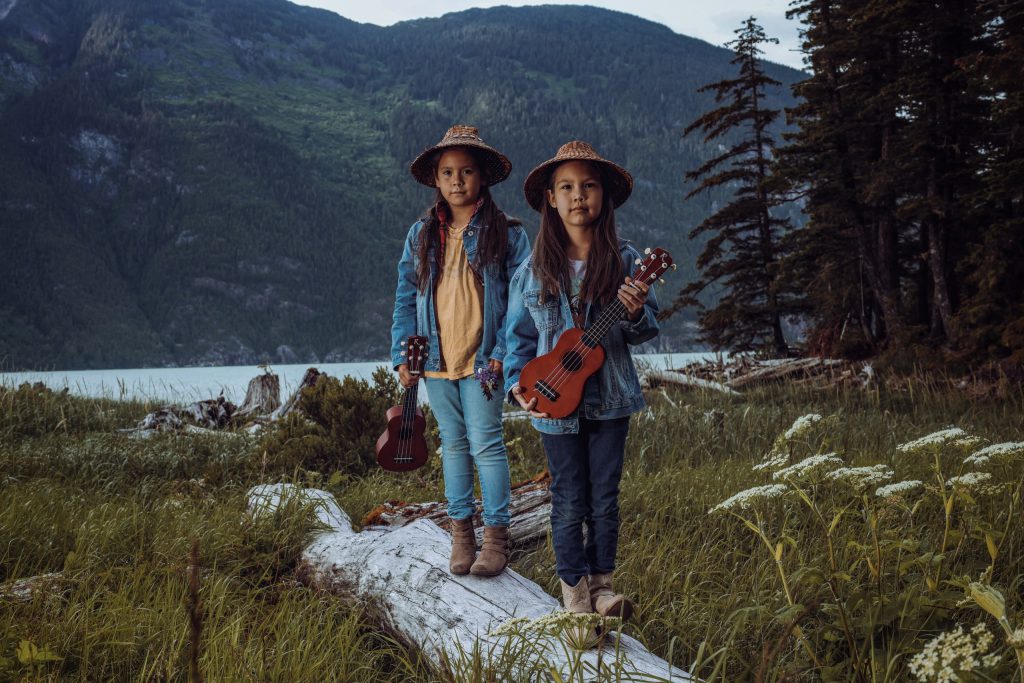
The team who worked on the Nusximta album ranged in age from eight to 67 years old. Community plays a part in Nusximta as the artists feature on each other’s songs playing instruments and providing background vocals.
From slow ballads to upbeat tempos, each song is unique as raven calls, thunder, and breaking glass are among the many sounds heard throughout the album.
Along with captivating vocals, the album features piano played by 14-year-old Coastyn Hall, and some more unconventional instruments such as deer antlers and hooves, cedar sticks, and a log drum.
As the youngest artists on the album, Ts’ikwalhm and K’ipt, two best friends, display their talents in the song titled “Xiku.” The Grade 3 students sang together on a song written by Umq’umklika, Ts’ikwalhm’s mother.
Both Qwaxw, co-founder of Nuxalk Radio, and Nuskmata, a Nuxalk and Secwépemc artist, participated in multiple songs on the album. With the guidance of David Hodges and direction of producer Milan André Boronell, Qwaxw said creating the album felt natural and straightforward.
Hodges has experience working with Indigenous Youth as the creator of N’we Jinan, which brings professional music experience to schools and community groups. He previously worked with Youth in Nuxalk territory to create WE ARE MEDICINE and kept in contact with the radio hosts, leading to an organic partnership for this album.
Qwaxw said his first song on the album was created through brainstorming with Boronell and it tells a story of four carpenters. His second song “Nucwtsalus” was sung under the name Alhqw’alaykas, and he describes it as a “medicine/healing song” which plenty of thought went into. “Wa skulhlxsaalhts” is his third song which features an upbeat rhythm detailing his experience behind the scenes at the potlatch.
“English is such a young language compared to our Nuxalk language, for example, is really ancient, so it has a lot more depth to its meanings. So it’s pretty interesting to go through and find the right meaning of things and put it into the song,” Qwaxw said.
“It put a lot of pressure on those few that are little further along in the language learning, and it was really challenging to find the Nuxalk words to go with our English thoughts.”
He said while working to translate the lyrics, the artists embraced the learning process and welcomed the “laughter and mistakes” along the way. He notes pronunciation and words may be wrong but the team worked with their abilities at the time.
“That’s how I view the language, it’s alive, and things that are alive are never the same. They’re always changing and growing and adapting and evolving. So it’s nice to see our languages alive. It’s not static.”
‘How the Nuxalk language teaches us’
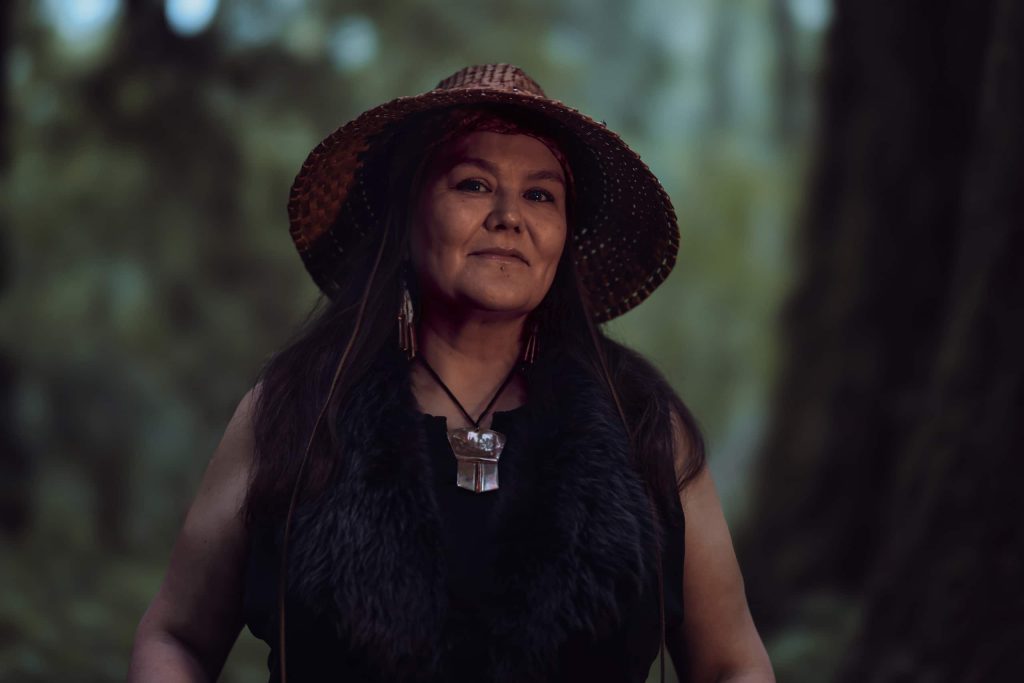
Nuskmata had two songs written prior to the album — “Ti syut-s alh Siyani” was a lullaby for her granddaughter while “Nusq’lst Skwanat” was created in 2009 for her father’s memorial. She worked with translators on those projects while also creating a new song, “Ista Nts Ali” which she said “is for Nuxalkmc women, who descend from beautiful and powerful ancestors and deities.”
Translating English phrases was a process — for example, Nuskmata explained there’s no Nuxalk word for “sacred,” so she had to work to delve deeper into the context of the story.
“You had to learn how to say the word, then sing the word, and then sing it with emotion,” she said.
“It was challenging, but it was the best challenge, the most creative, inspiring challenge I’ve had in a long time.”
Other songs on the album include a collaboration between Tatala and fellow radio host Ximximana to sing “Ascmanwastuumx,” Ximana Nola Mack’s “Axw Ku Kwmanu,” Tatala’s solo song “Uts’ii stlhilh Nuxalkmcilh,” “Anutsnmilh” written and sung by Wilhpun, and “It7Nuxalkmctmacw” written by Boronell, Wilhpun, and Rollah Mack who also provided the vocals.
“All of the songs on the album in our language are really beautiful, respectful and complex. They weren’t about ego or any kind of disrespect. I think it is indicative of how the Nuxalk language teaches us how to be,” said Nuskmata in a statement.
The team hosted an album launch party on June 7, where each artist explained the meanings behind their songs as they were played for the first time. The importance of inspiring Nuxalkmc (Nuxalk People) was highlighted by the artists.
Learning through exposure
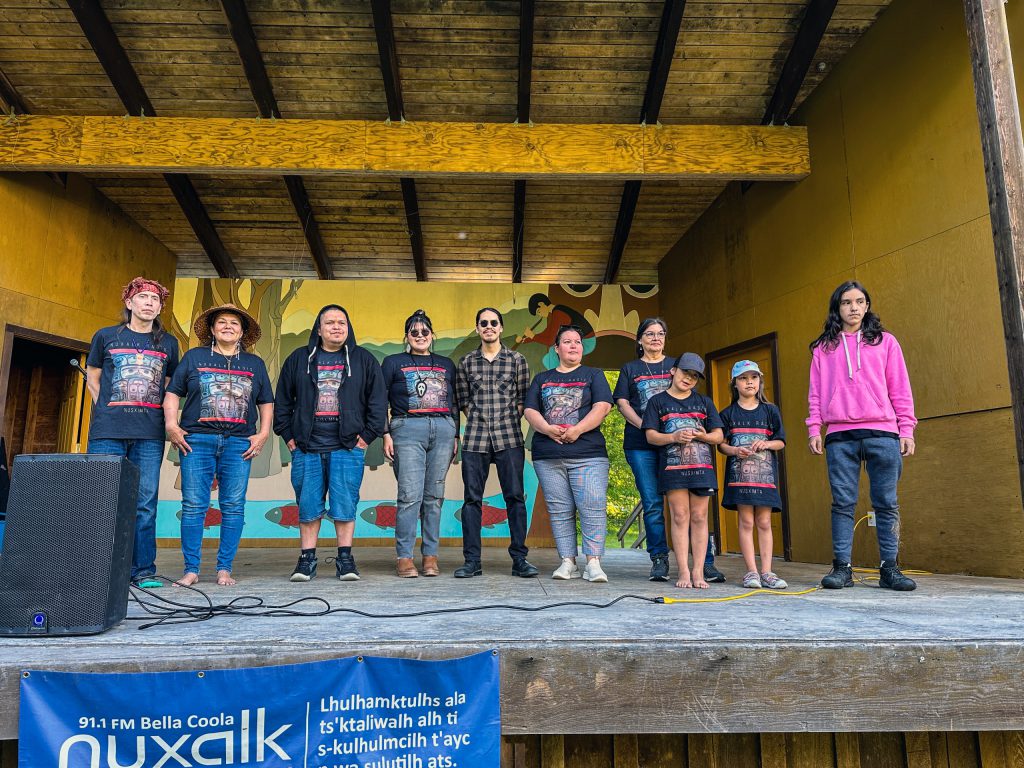
“Despite everything that we’ve been through as a people, we’ve been through a lot, we’re still here, we’re still Nuxalk,” said Qwaxw.
“We were targets of genocide, you know, wasn’t accidental, it was intentional … And then from that, we’ve grown, and we’ve managed to maintain a sense of humour and a connection to our land. And that strength just comes from who we are, as being part of this land here, so our greatest strength is just being ourselves and being Nuxalk.”
Emotions radiate from each track as the lyrics and instruments portray the stories being told. With catchy beats and a variety of genres, Nusximta gives everyone an opportunity to learn through exposure.
“That was kind of the hope behind it was to get people humming and singing along, even if they don’t know the words yet, that it’s something they can learn through time,” Qwaxw said.
He envisions schools utilizing the album in their curriculum and allowing students to learn through the songs. Nuskmata added the richness of the stories allow for a wider lens into the culture for students to learn.
“There’s deeper meaning to every song,” Nuskmata said.
“Having a general idea of what the song was about, I think you can kind of feel the energy and feel the emotion and kind of fill the blanks.”
The English translations of each song aren’t distributed widely to ensure the focus is on the Nuxalk lyrics. This allows Nuxalkmc and others to learn the Nuxalk language first without the translations interfering with that process.
“I find it easier to learn singing [the songs] because it’s got the music,” Nuskmata said.
“I can practice saying the words, and I can practice the shapes in my mouth, which are very different from English, and just sing along with it, and get better and better each time I sing it.”
For Qwaxw, he hopes this album will inspire others. He noted how Nuxalkmc composed songs for celebrations, deaths, love, and more but after a time of no new songs, this album serves as a reminder of the past and brings it into the present.
“This is kind of a reverse, a recognition that we made it through the dark times. This has led the light to shine on the path ahead for the next generation, to make music and to be comfortable making modern music with our language,” he said.
“It’s meant to inspire everyone, not just our people, but everyone, to learn their own language.”
‘It’s exciting to think about what will emerge’
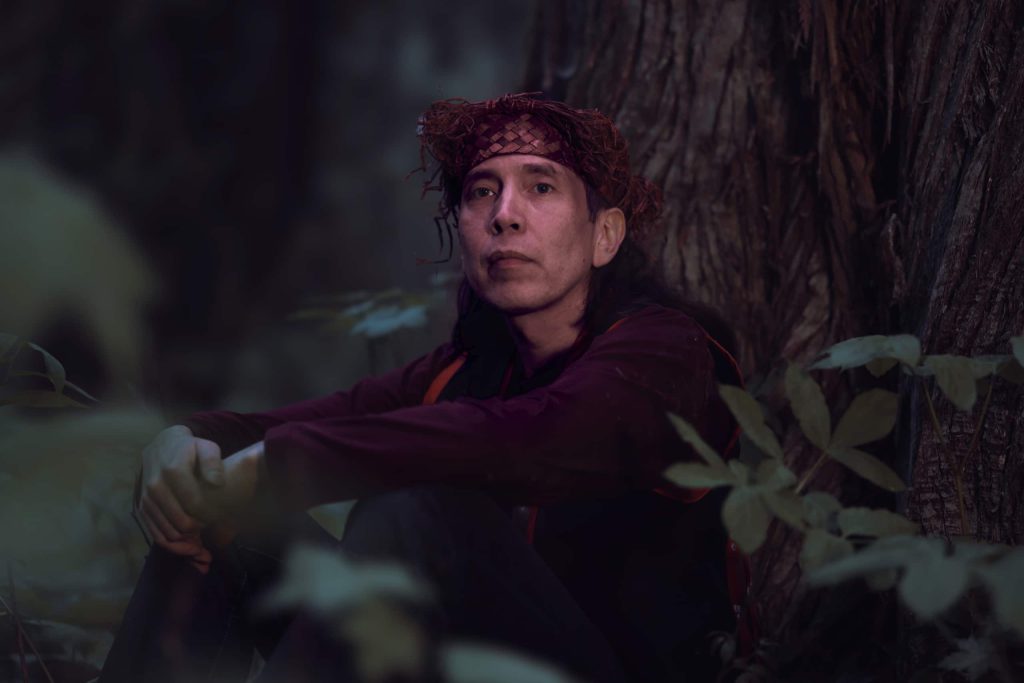
This album served as a learning opportunity and Slts’lani, Qwaxw, and Nuskmata all spoke about the possibility of a second album.
“We’ve learned that, if we’re going to do this again, how to do it even better,” Slts’lani said.
For Nusximta, the sign up was open for all Nuxalkmc to create songs, but Slts’lani said that not many people signed up, noting that many people in the community are humble and shy.
“It’d be nice to have even more Youth involved in the next album. And this is just kind of meant to open that door and clear the path for the next album of all ages to be involved,” Qwaxw added.
Nuskmata said the album came from the unique perspectives of those involved and how other artists could provide new lyrics from their experiences.
“It’s exciting to think about what will emerge in the future if there’s another one,” Nuskmata said.
Now that the album has been released, Slts’lani has heard community members are already writing music for a second album so the inspiration has already started.
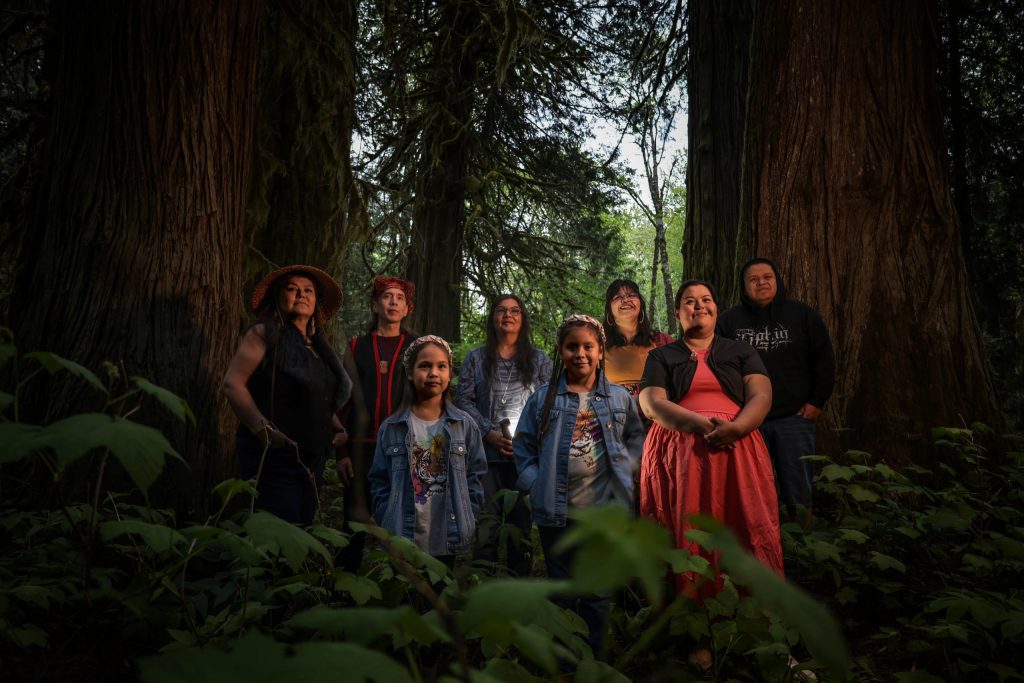
With their growing success and language revitalization at its core, Nuxalk Radio is hoping to expand which would allow for more programs and people in their space. They are outgrowing the trailer they currently have and hope to raise funds to move to a larger space to house the expanding programs and provide space for more conversations and artists.
Coming from a group of beginner singers and songwriters, Nusximta truly shows the power of the language and how a community can come together to create an inspiring project showcasing resilience.
“The main reason we do anything in our living life is to clear paths for those who will come after us. And I hope that this helps to clear a good path for those yet to be born,” Qwaxw says.
“To show that it can be done and that we are still here, that we are alive, that our culture is alive, our language is alive.”
Author
Latest Stories
-
‘Bring her home’: How Buffalo Woman was identified as Ashlee Shingoose
The Anishininew mother as been missing since 2022 — now, her family is one step closer to bringing her home as the Province of Manitoba vows to search for her
-
‘We have a way to save communities’: Cultural fire keepers share knowledge across colonial borders
First Nations experts attend first National Indigenous Fire Gathering in syilx homelands, joining counterparts from ‘Canada,’ ‘Australia’ and ‘U.S.’
-
‘This is the vision’: Inside Nlaka’pamux Nation’s quest to build ‘B.C.’s’ first major solar project
As the province fast-tracks development, the Southern Interior tribal council has lessons to share on how to build for the future



